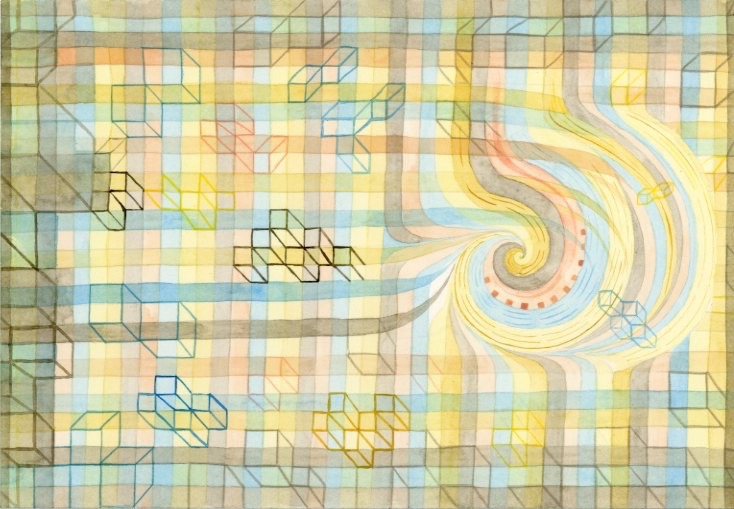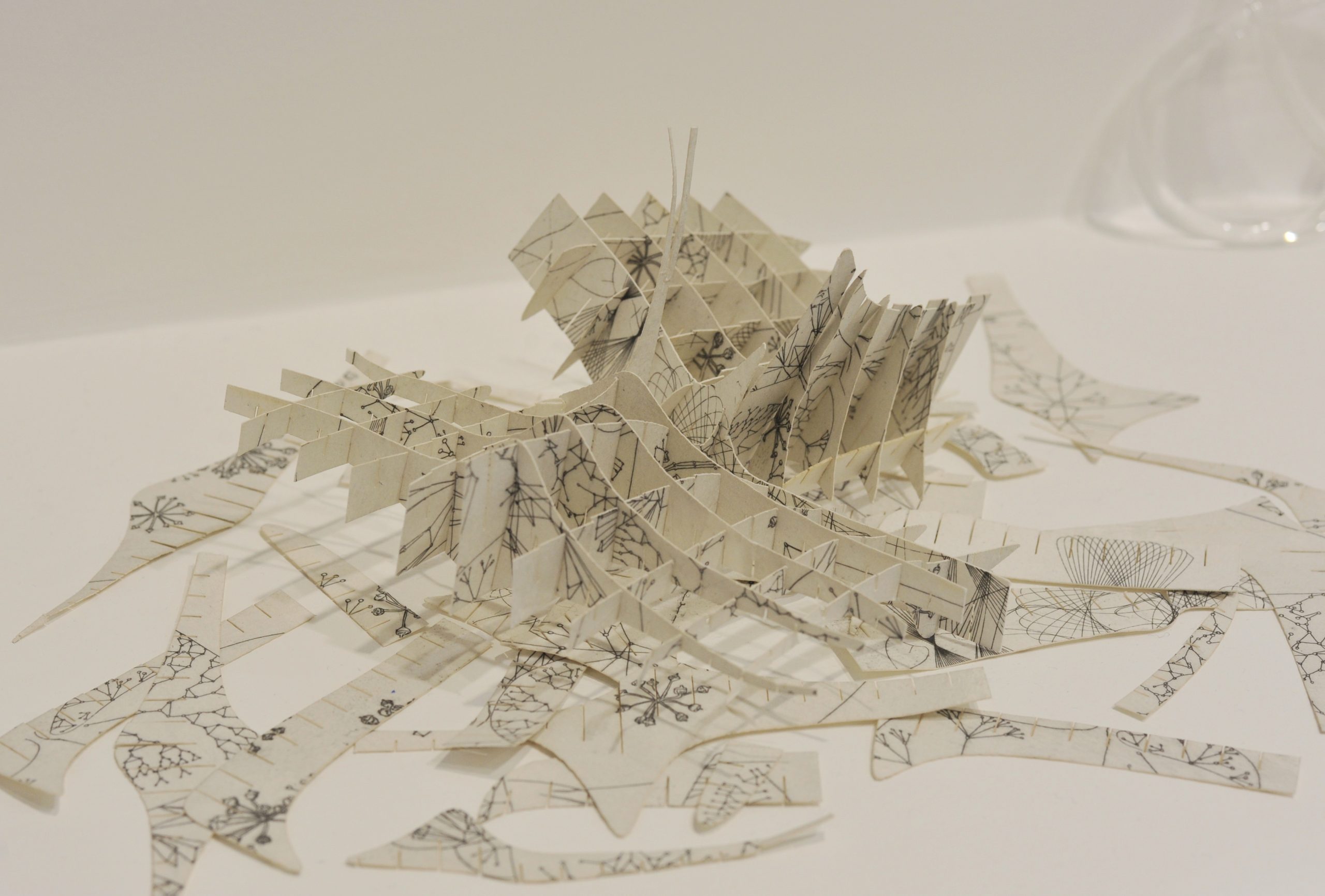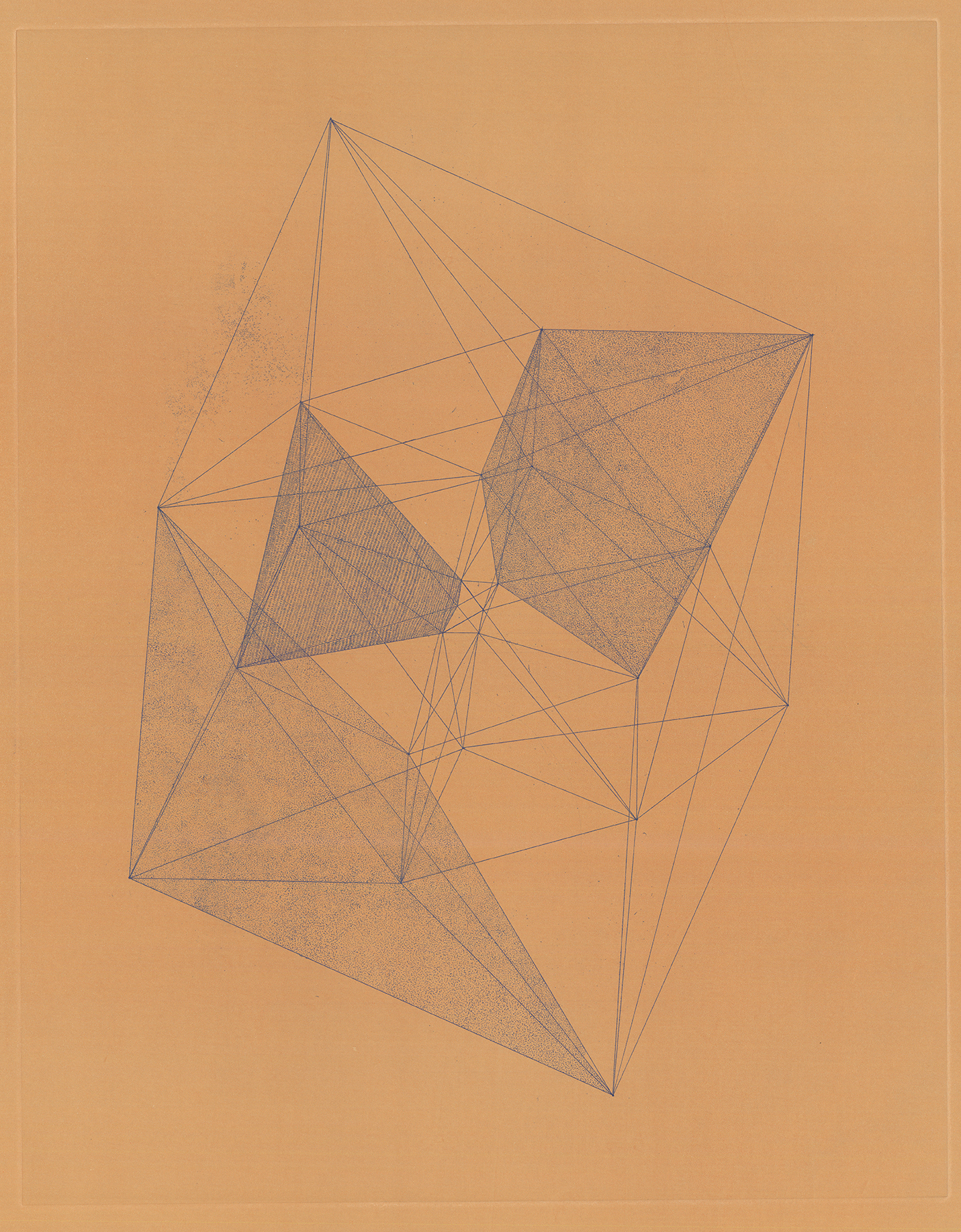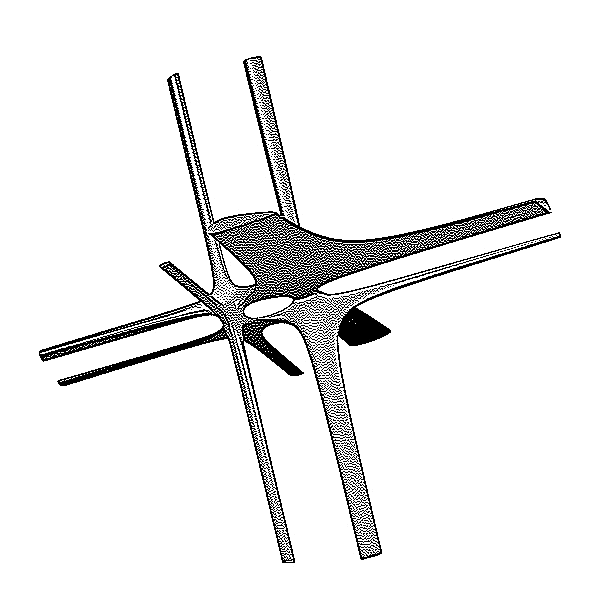
from tope import Tope
from tope.net import *
from tope.orth import *
from tests import normalize_polygon from typing import *
import json, os, numpy as np
rng = np.random.default_rng()
with open("polys.json") as fd: polys = json.load(fd)
logger.remove()
Oh, Kitty! how nice it would be if we could only get through into Looking-glass House! I’m sure it’s got, oh! such beautiful things in it! Let’s pretend there’s a way of getting through into it, somehow, Kitty. Let’s pretend the glass has got all soft like gauze, so that we can get through.
How did your collaboration with the Fano team at Imperial College come about? I was in Imperial College March 2007, for a meeting with someone in Material Sciences (concerning aluminium) and while I was waiting, I started reading the Imperial College newsletter.












